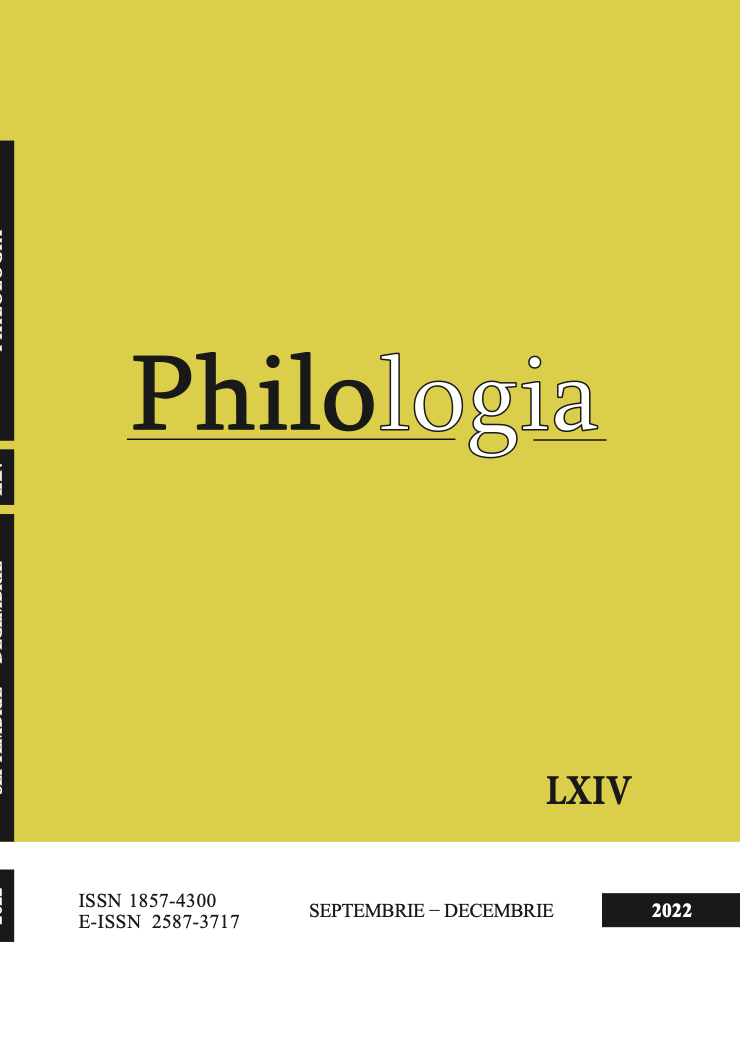Abstract
The article presents arguments for implementing the alternative research sources and manners, that of the visual methods ones, regarding the investigation of the holidays of spring-summer-autumn cycle. Discussions and examples are operated by interpreting family photos at the Easter celebration in the Moldavian Soviet Socialist Republic (MSSR). Specifying the qualities of the photographic method used in visual anthropology and considering the content of the accumulated photographic materials, the author looks at them as techniques in field research, as well as documentary sources. The relevance of a dialogue between the researcher and the people eternalized in the images or of their owners is pointed out, in order to ensure a reflexive investigation via various optics. Pictures are estimated as visual testimonies and narratives, able to provide information for the certification, reconstruction, and understanding of the cultural and religious facts displayed in domestic settings.

